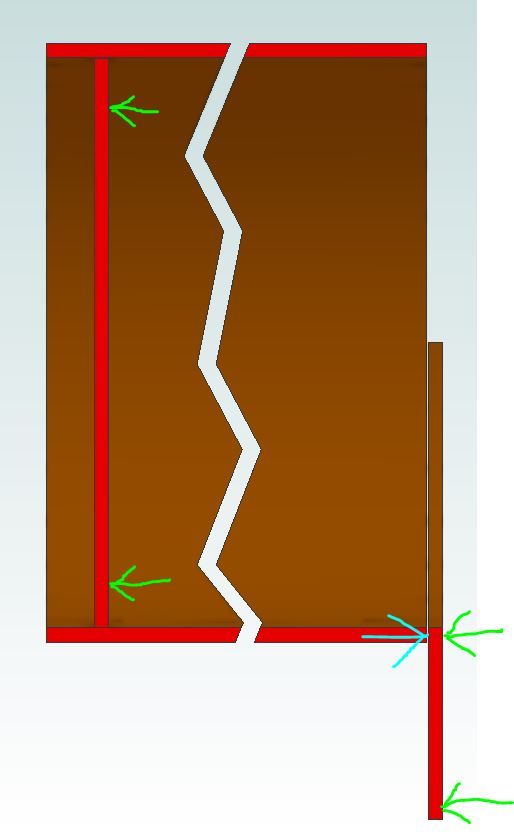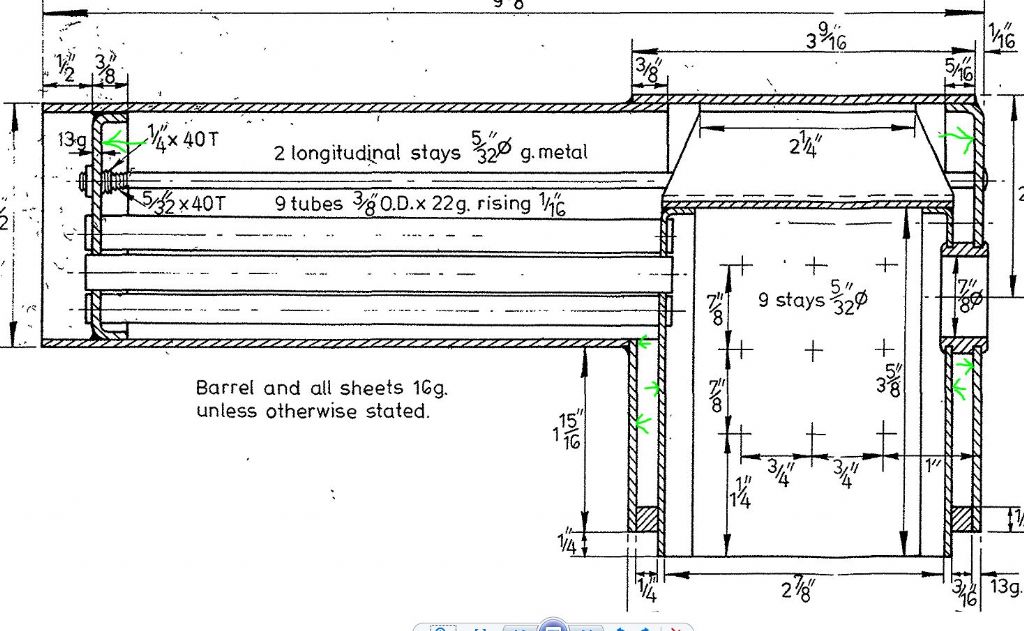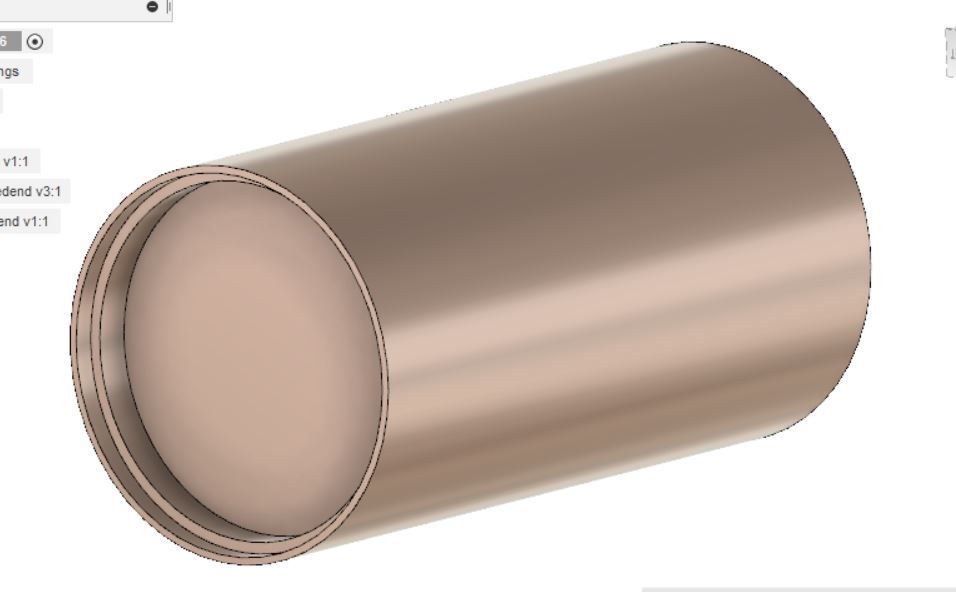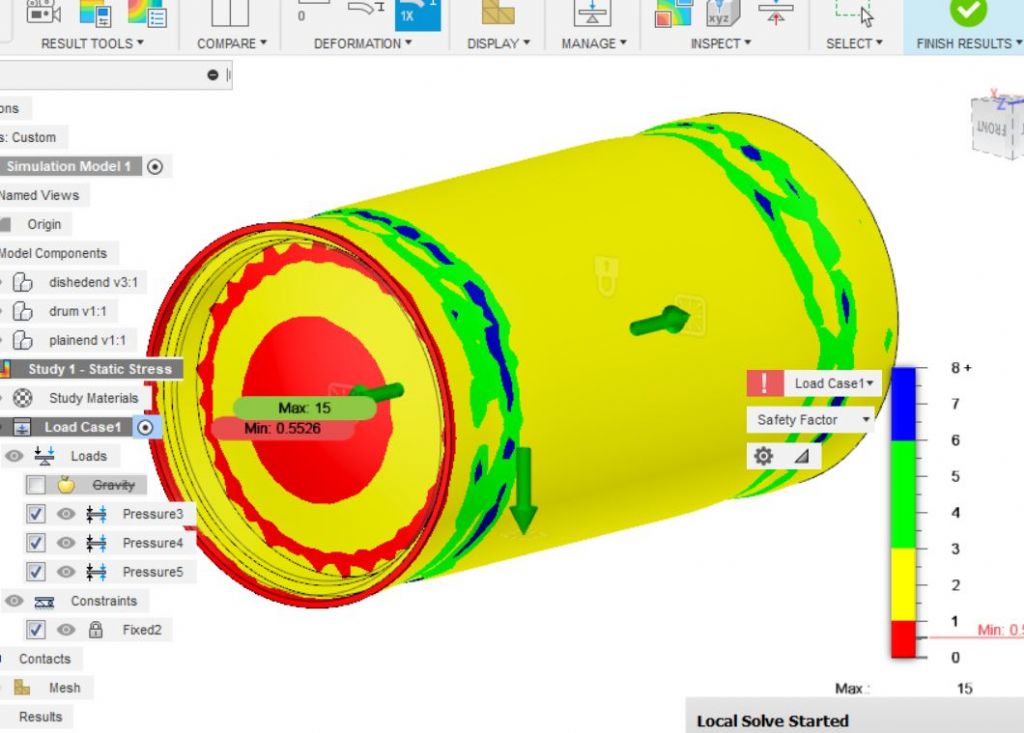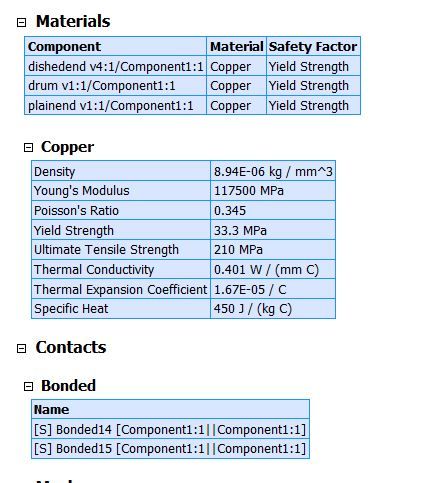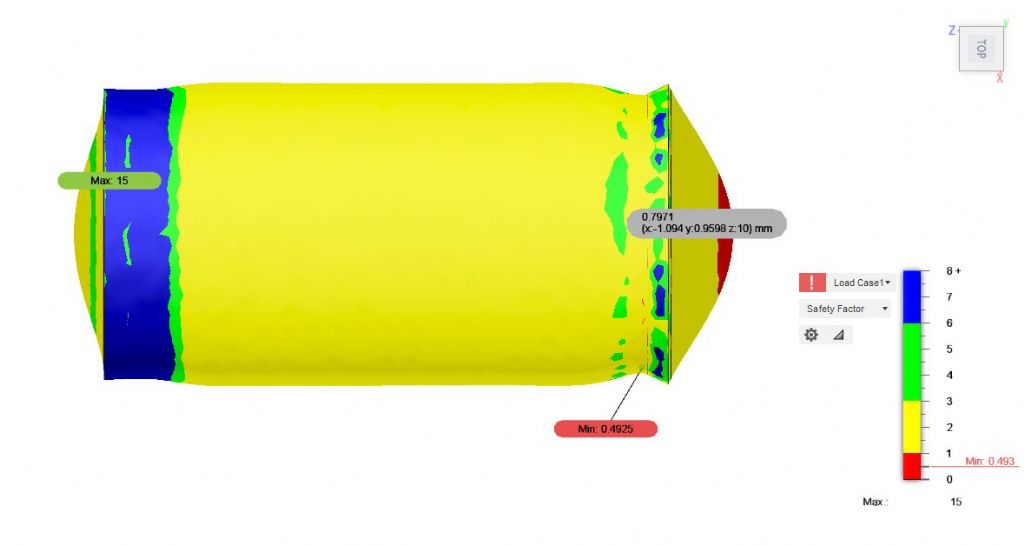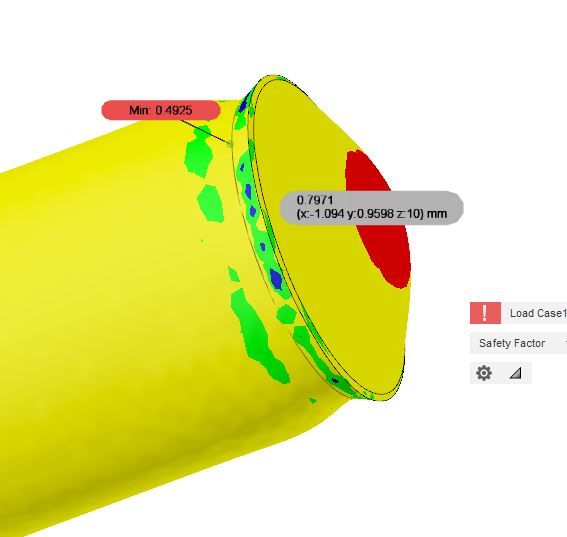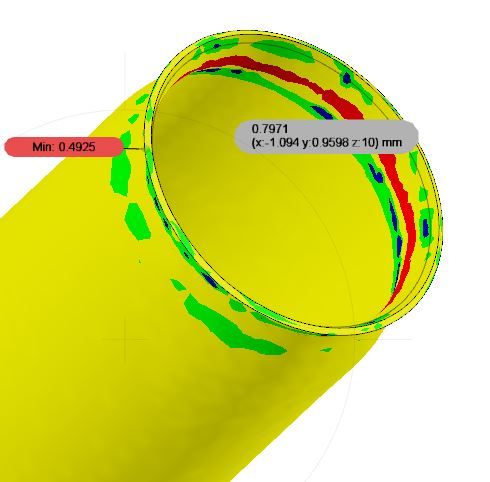Posted by Bob Worsley In another thread on 16/08/2020 10:50:08:
Anyone building any model from plans gets a collection of sheets of paper, no calculations to be seen about boiler safety. In fact my Thetford Town drawings assume you are going to rivet it, with brazing as a last option if it leaks.
If a line contact joint is considered to be perfectly ok, then why not line joint all the other joints? I would guess that certainly wouldn't be acceptable to any inspector. Why not? It is how a steel boiler is made, never flange them. So there must be a fundamental difference between silver soldering and arc welding. One is done by a trained professional?
There was a comment in an old ME about where do all the models made go to? Must be tens of thousands. And since the boiler is the first thing made with a traction engine, how many are made, leak, and the person gives up, 50%? How many Minnie boiler kits have Reeves sold over the last 50 years?
And yes, the boiler does look good, well done. It amazes me just how well the pickle cleans the copper, lovely.
And yes, again, these are my opinions.
As mentioned byJeff in the other thread the way the throatplate/barrel joint is constructed would be quite different to say the smokebox tubeplate/barrel if the tubeplate were not flanged.
If you look at this basic section through the boiler you can see that the pressure shown in green arrows will push the throatplate against the end of the barrel which will greatly reduce the load on the joint as the end of the barrel adds support light blue arrow. The suggested use of a higher melting point solder will also produce a larger filler thus adding strength to the joint.
Compare that to an unflanged tubeplate where there is just the empty smokebox on the outside so no additional support for tubeplate so joint has to resits all the loads.

As for steel boilers the weld prep is very important as it gives a far wider joint area that you would get if it were just plate to tube and the fillet will almost double the area. A throatplate to barrel joint would also probably be welded from both sides.
Edited By JasonB on 16/08/2020 14:08:42
KWIL.


